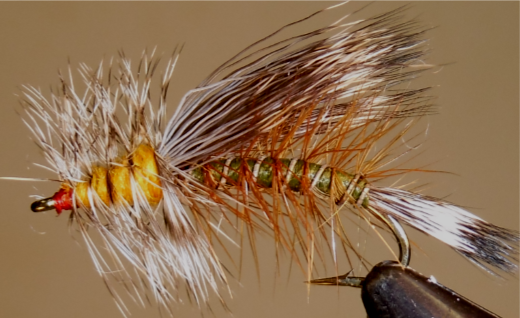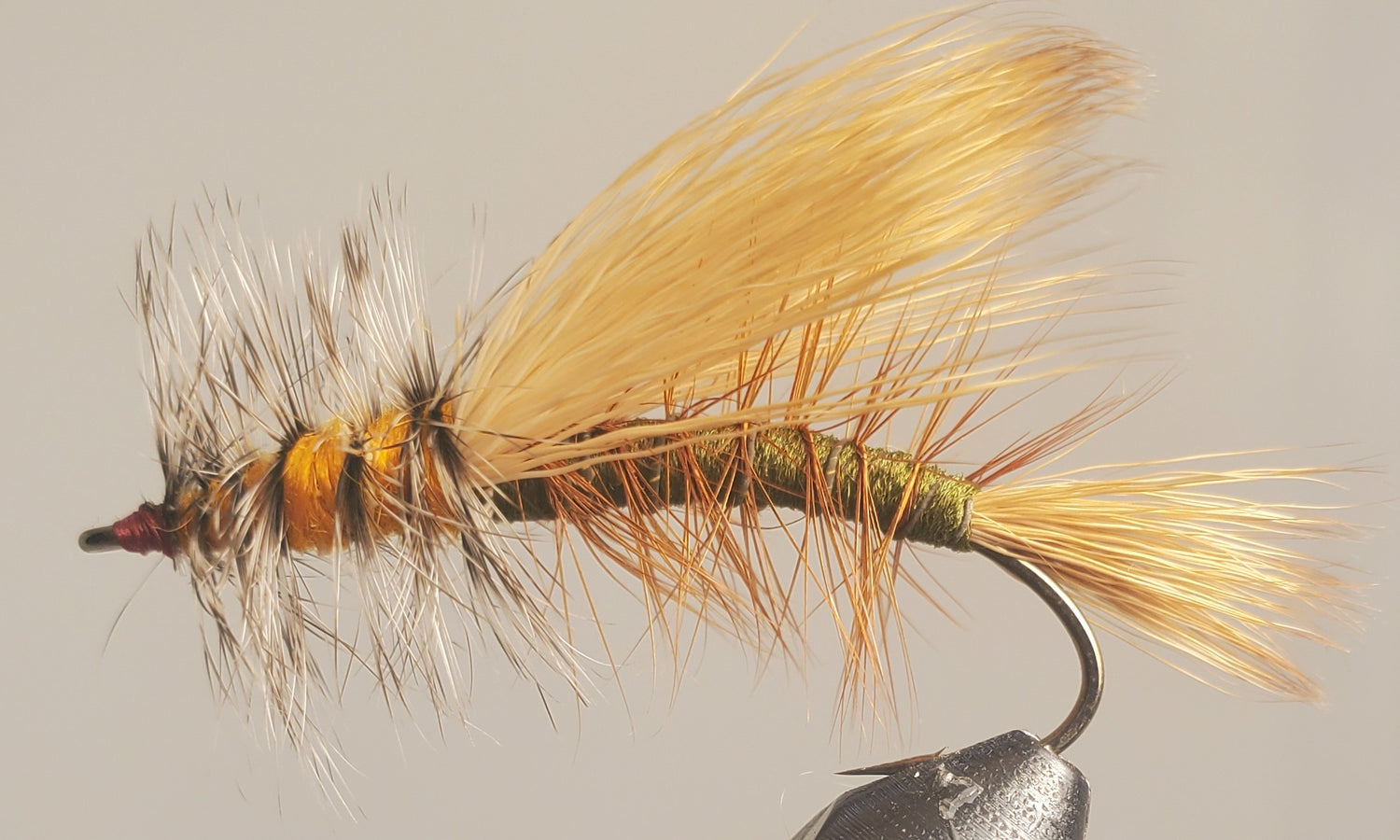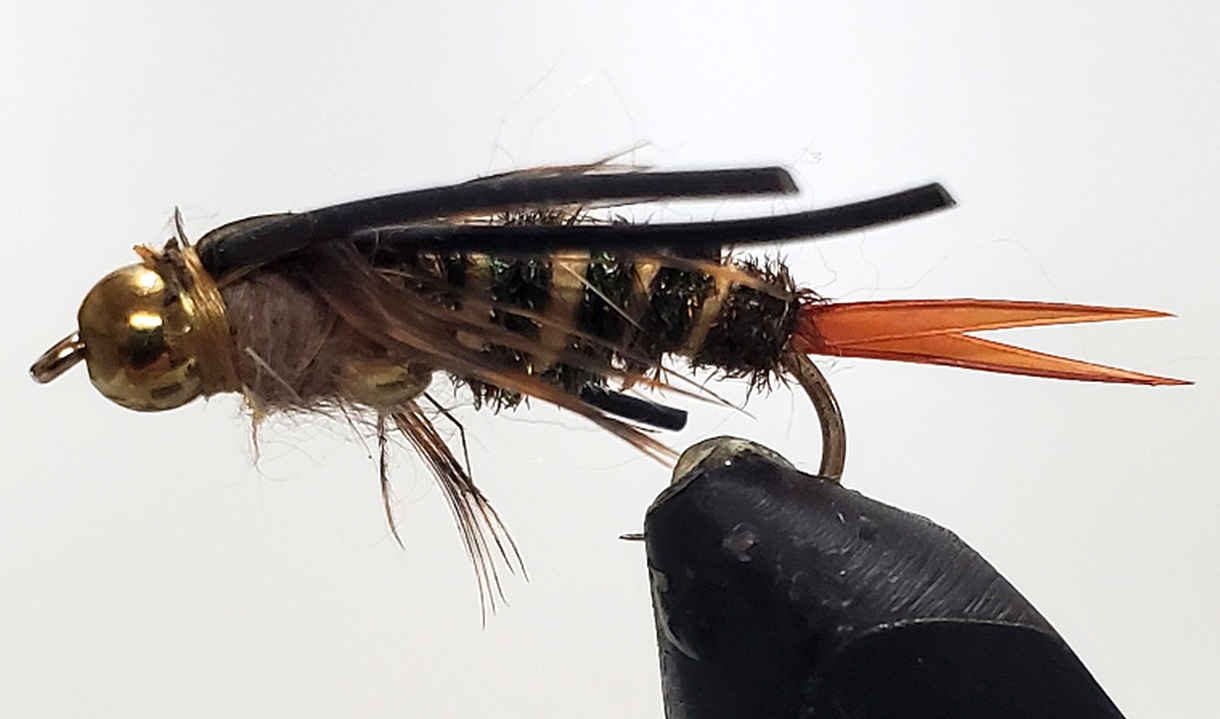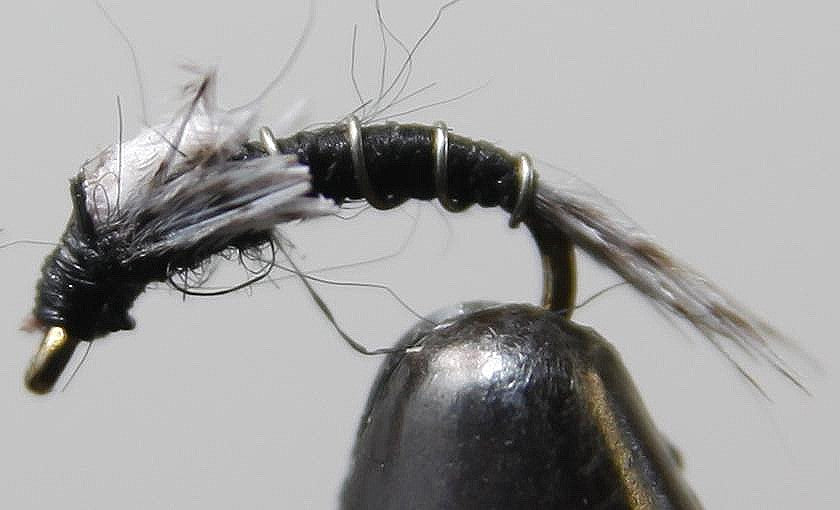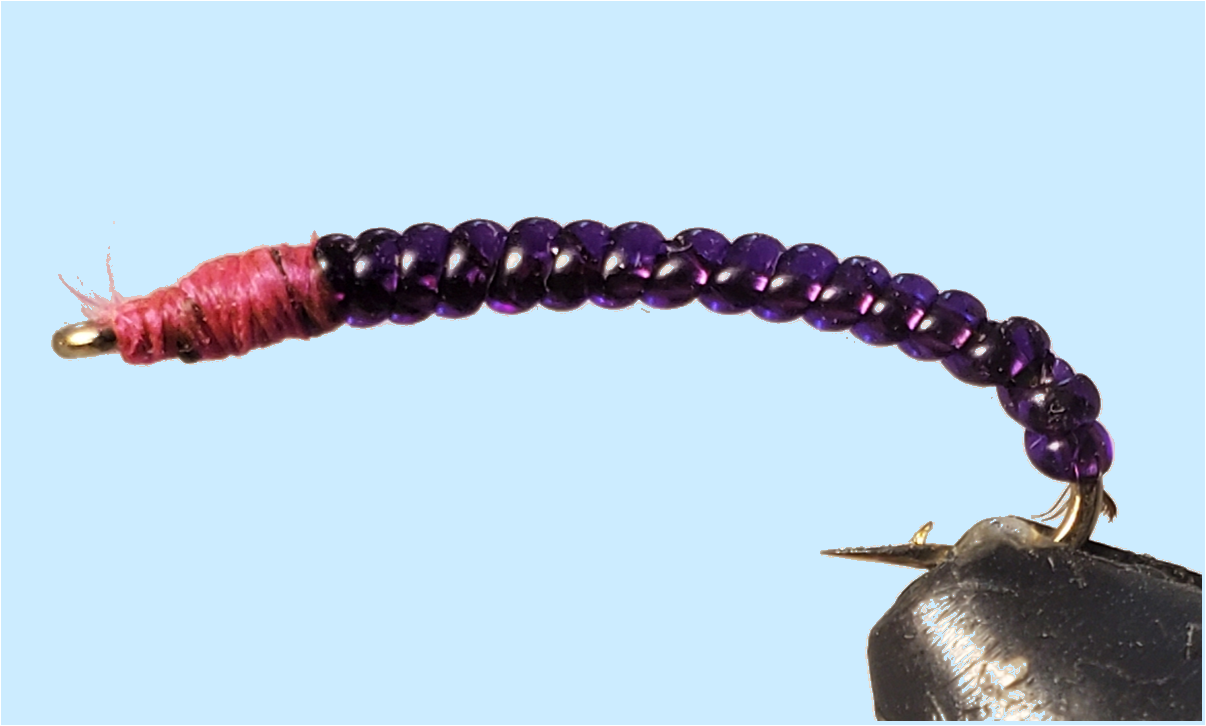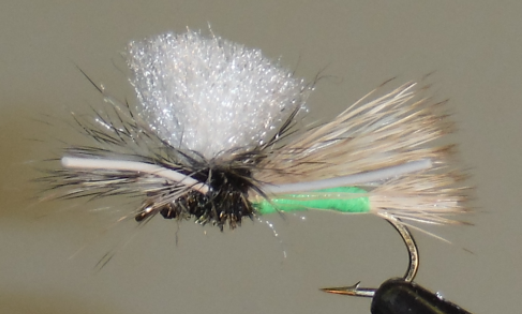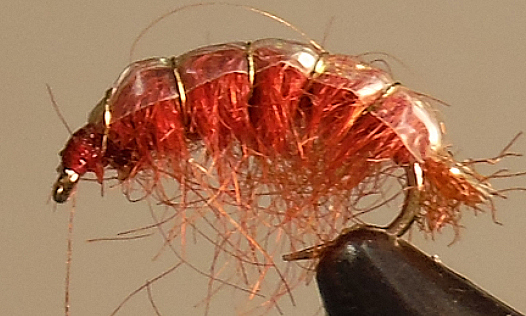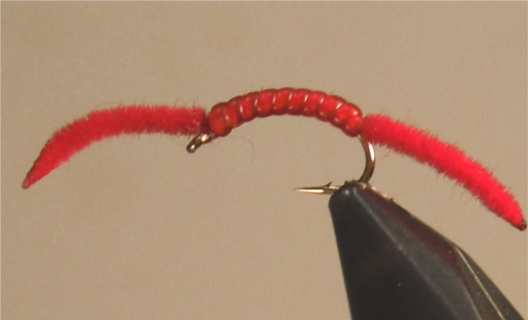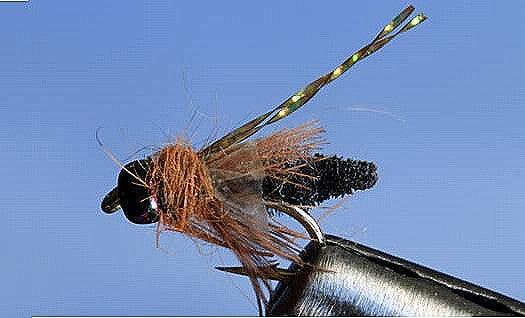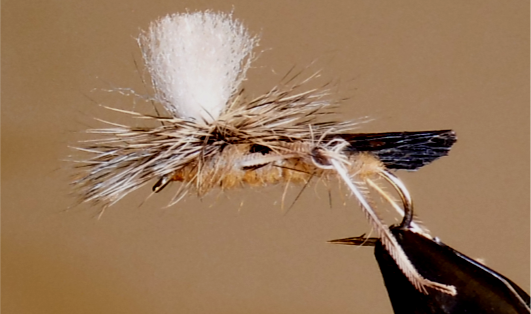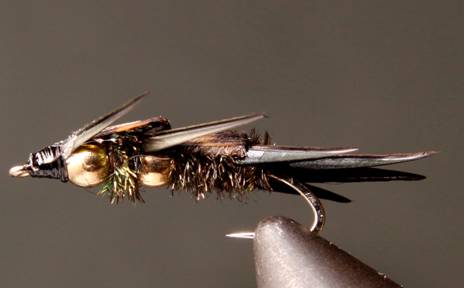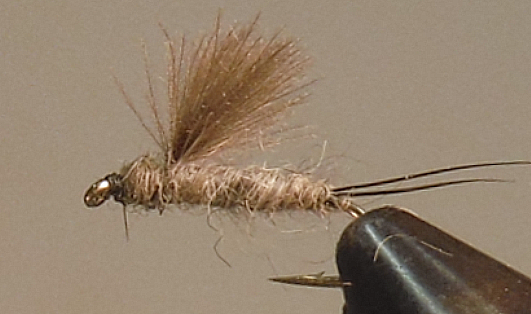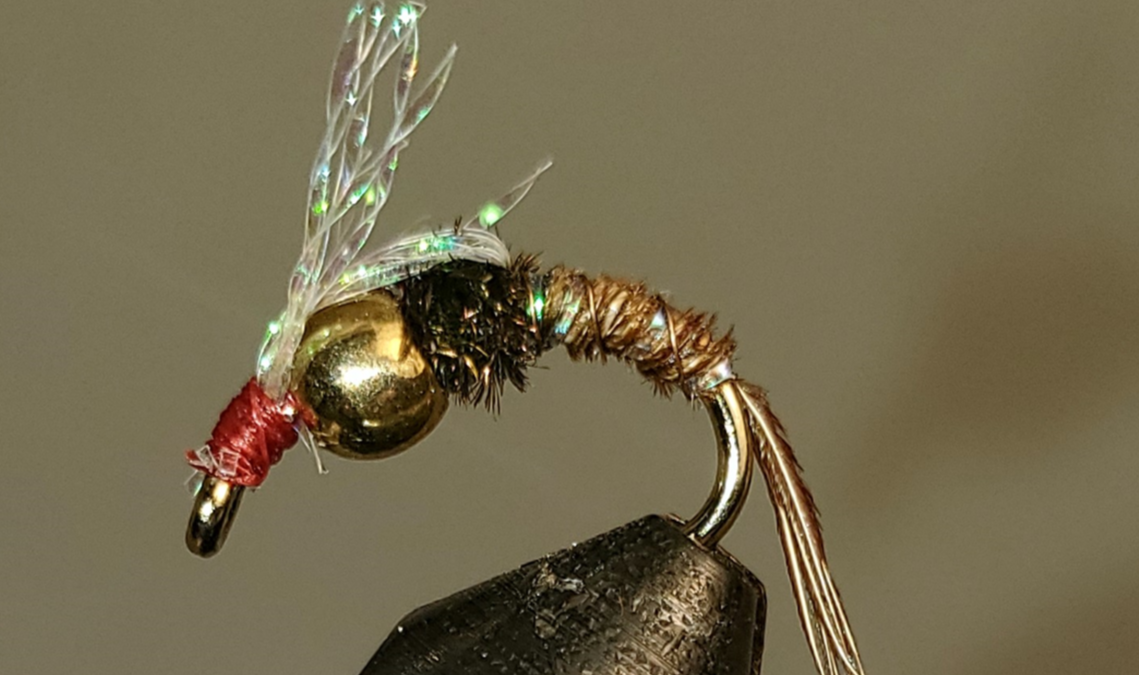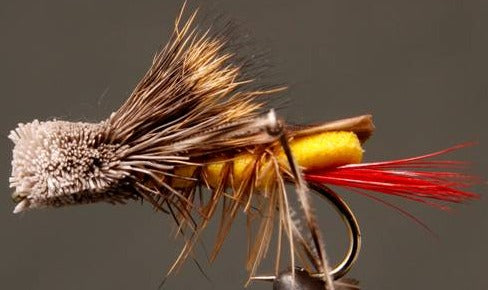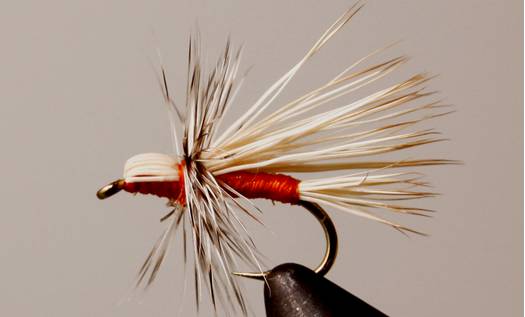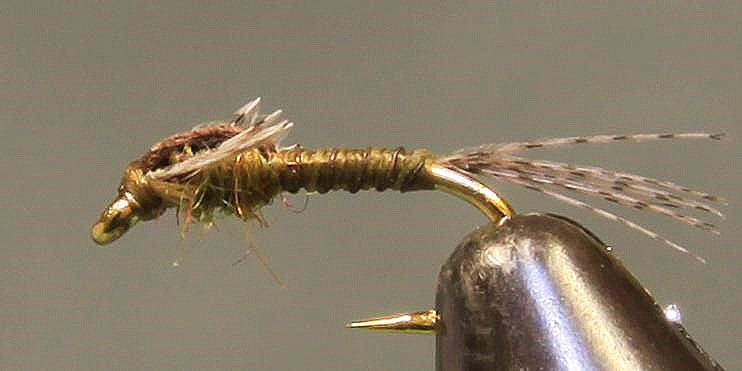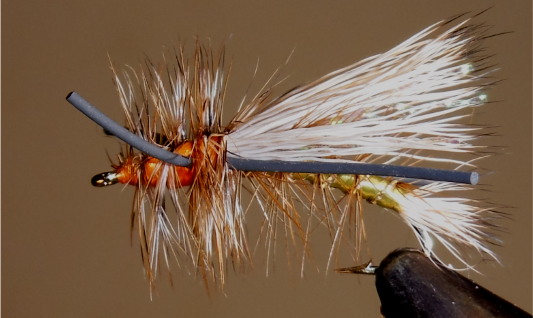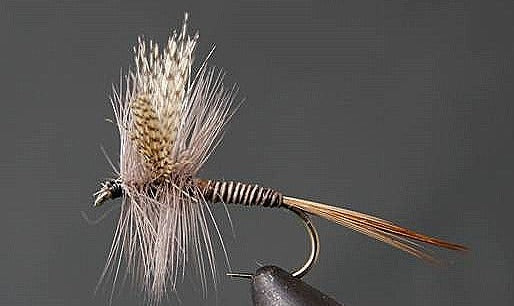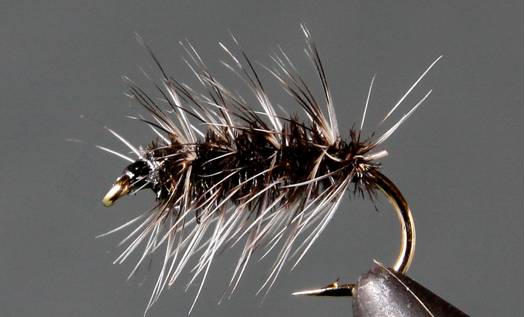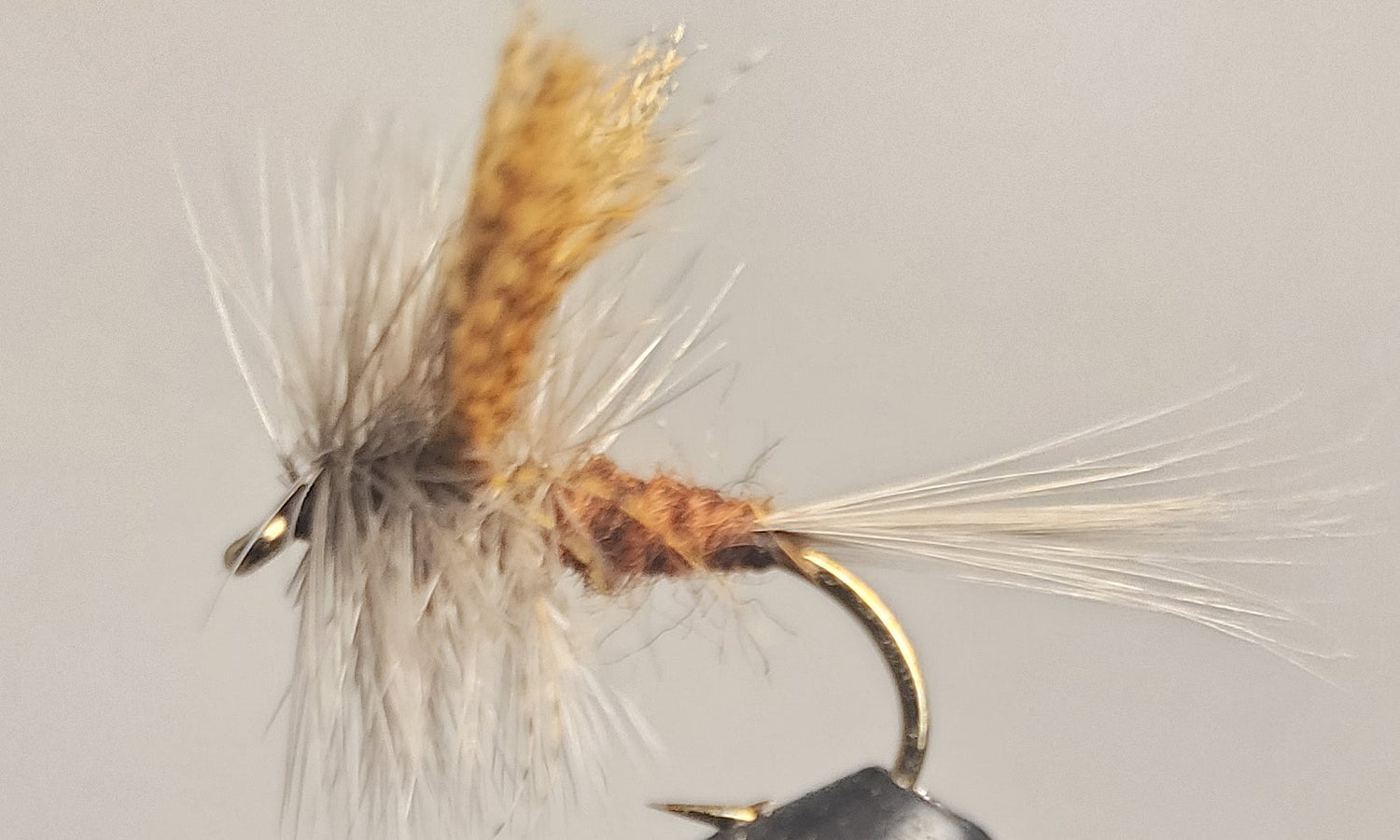Fishing has gained popularity all over the globe, and enthusiasts are attracted by the technique, time and pleasure involved in the activity.
Following fishing, the use of nymphs or lures has become a major part of an angler’s toolkit, which is used as the bait.
Nymphs are like small imitations of aquatic insects that appeal to the fish’s sense of food by imitating their prey, thus boosting the chances of catching.
Here at Stone Creek Outfitters, we take immense pride in curating one-of-a-kind nymphs with the aim of helping anglers optimize the time they spend on the lake and, thus, improving their fishing experience.
Main Features and Specifications of Our Nymphs
There are several varieties of nymphs and hoppers, each intended to mimic a particular aquatic bug. For ease of casting and accurate water presentation, they are usually constructed from lightweight materials.
- Sizes: To accommodate varying fishing situations, sizes range from tiny (#18) to bigger (#10).
- Weight: They are adaptable to different kinds of water since they are made to float or sink efficiently.
- Special Features: A lot of designs have distinctive hackles or high feather wings that enable a variety of fishing methods.
Advantages of Using Nymphs and Hoppers
- Durability: Made from robust materials for repeated use.
- Ease of Use: User-friendly for both novice and experienced anglers.
- Enhanced Experience: Mimicking natural prey significantly increases fish attraction, enhancing the overall fishing experience.
Step-by-Step Instructions for Assembling Fishing Gear
Use these crucial assembly instructions and helpful fishing suggestions to get the most out of your equipment.
- Rod and Reel Selection: Pick a rod and reel that are appropriate for the species you are aiming for.
- Connect the Reel: Tighten the locking mechanism to secure the reel to the rod.
- Spool the Line: Tie the line to the reel spool after passing it through rod guides.
- Add a Leader Line: Secure a leader line with a sturdy knot at the end of the main line.
- Attach Hoppers or Nymphs: Fasten the nymph or hopper of your choice to the leader's end.
Usage Tips for Effective Fishing
There are specific fishing steps you need to follow while fishing.
- Fit the Hatch
For optimal results, look for local insect activity and choose nymphs or hoppers that closely resemble the dominant species.
-
Modify your casting methods
Avoid frightening fish by throwing them gently. Try a variety of methods, such as dead drifting or skimming, to see which one suits your fishing conditions the best.
-
Change the Speed of Retrieval
Experiment with varied retrieving speeds to find the best way to draw in fish. In the winter, slow retrieves frequently produce greater outcomes.
-
Observe the water's conditions
Keep an eye on the water's temperature, velocity, and visibility since these elements might affect how fish behave and eat.
-
Have patience
Patience is necessary when fishing. Before reeling in, take your time and let your nymphs or hoppers settle.
Our Nymph Collection
Our collection catalog offers a selection of premium nymphs and hoppers that have been thoughtfully chosen to improve your fishing experience. Among the notable goods are.
- Mahogany Dun Fly: A dun fly that mimics the Paraleptophlebia mayfly's adult stage; useful in late summer and autumn.
- Trico Thorax: A traditional pattern mimicking pale morning dun fly that is perfect for still and tailwater fishing and is recognized for hooking bigger fish.
- Henryville Caddis: This pattern, which comes in sizes #10, #12, and #20, is adaptable and may be fished in a variety of ways.
- Blue Quill: An excellent early-season fishing target, this little mayfly creates a lot of hatches and mimics pale morning dun fly pattern.
- BH Golden Sparkle Stone: It is very appealing to fish because of its distinctive yellow body with orange highlights mimicking sparkle dun fly. This design, which comes in sizes #08 through #18, works especially well as a dropper from a hopper or stonefly.
Cleaning Instructions
After every usage, gently wash your nymphs and hoppers in cold water to get rid of any dirt or debris and preserve their quality. If required, use a soft brush instead of solid detergents. Before keeping them in a cool, dry location, let them air dry entirely to avoid damage.
You can make sure your flies stay effective and last longer by following these easy cleaning guidelines. Find the ideal nymphs and hoppers for your upcoming fishing excursion by perusing our assortment right now!


